At the end of March, “Reframing Modernism” opened at the National Gallery Singapore, presented in partnership with the Centre Pompidou. The exhibition showcases work by Modernist Southeast Asian artists like Le Pho, Latiff Mohidin, Affandi, Georgette Chen, and H.R. Ocampo next to work by artists like Picasso, Matisse, and Kandinsky, placing the movement within a more global context. Whitewall spoke with curator Lisa Horikawa about the first international exhibition at The Gallery, which opened in November of 2015.
WHITEWALL: Would you say that the exhibition focuses more on stylistic choices common between Southeast Asian modernists and Western modernists, or on the differences between the directions that both groups took with their approaches to modernism?
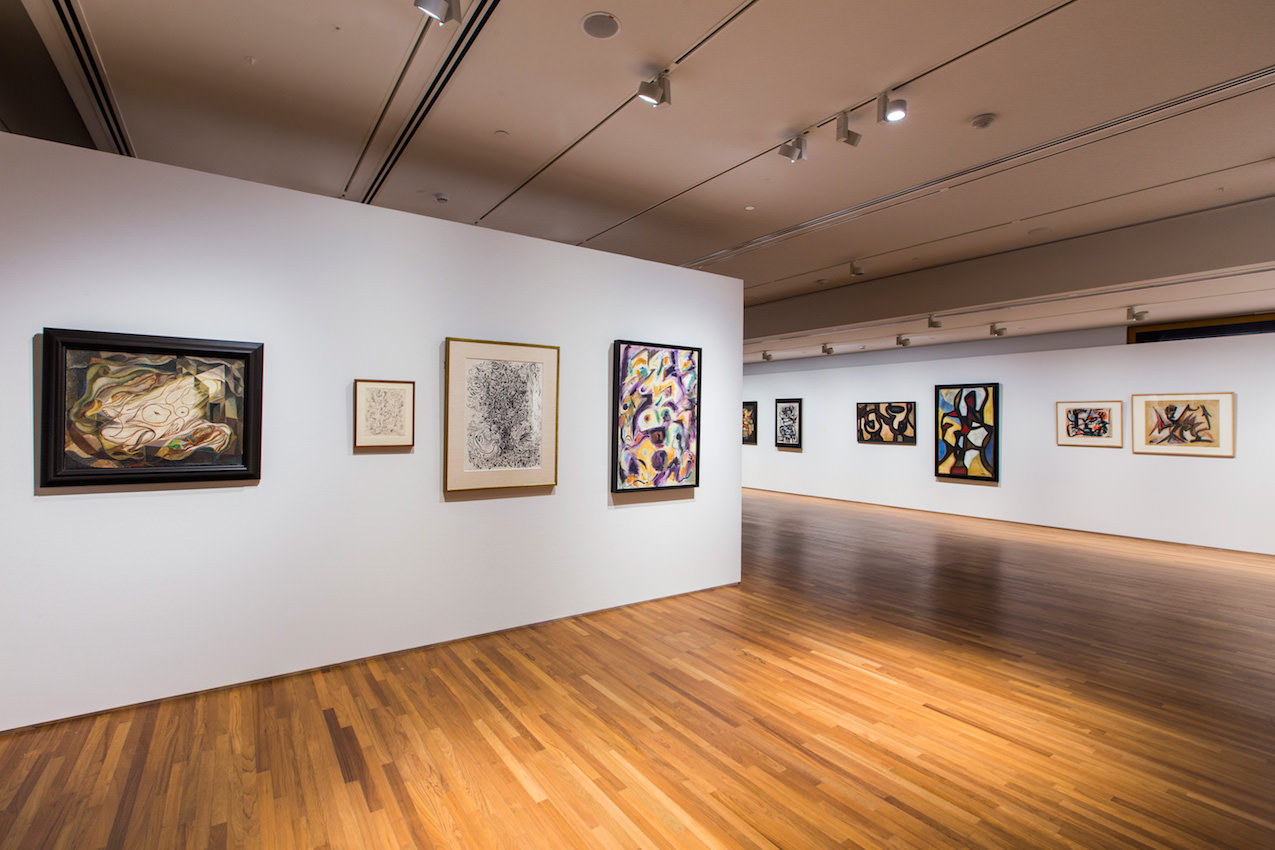
Image courtesy National Gallery Singapore
LISA HORIKAWA: It is more varied than simply being stylistic choices. The exhibition is designed as a network of connections on particular visual, conceptual or social concerns that each artist was considering in their work. As far as we can, each artist’s practice is represented by bodies of work. A visitor moves from one artist’s work to another, observing how there can be shared concerns—whether formal, conceptual or social—between artists working in different parts of the world. The shared concerns may manifest in the artworks in different ways, thereby delineating the singularity of each artist and diversity of approaches taken to modernism.
WW: How was the show developed in partnership with the Centre Pompidou?
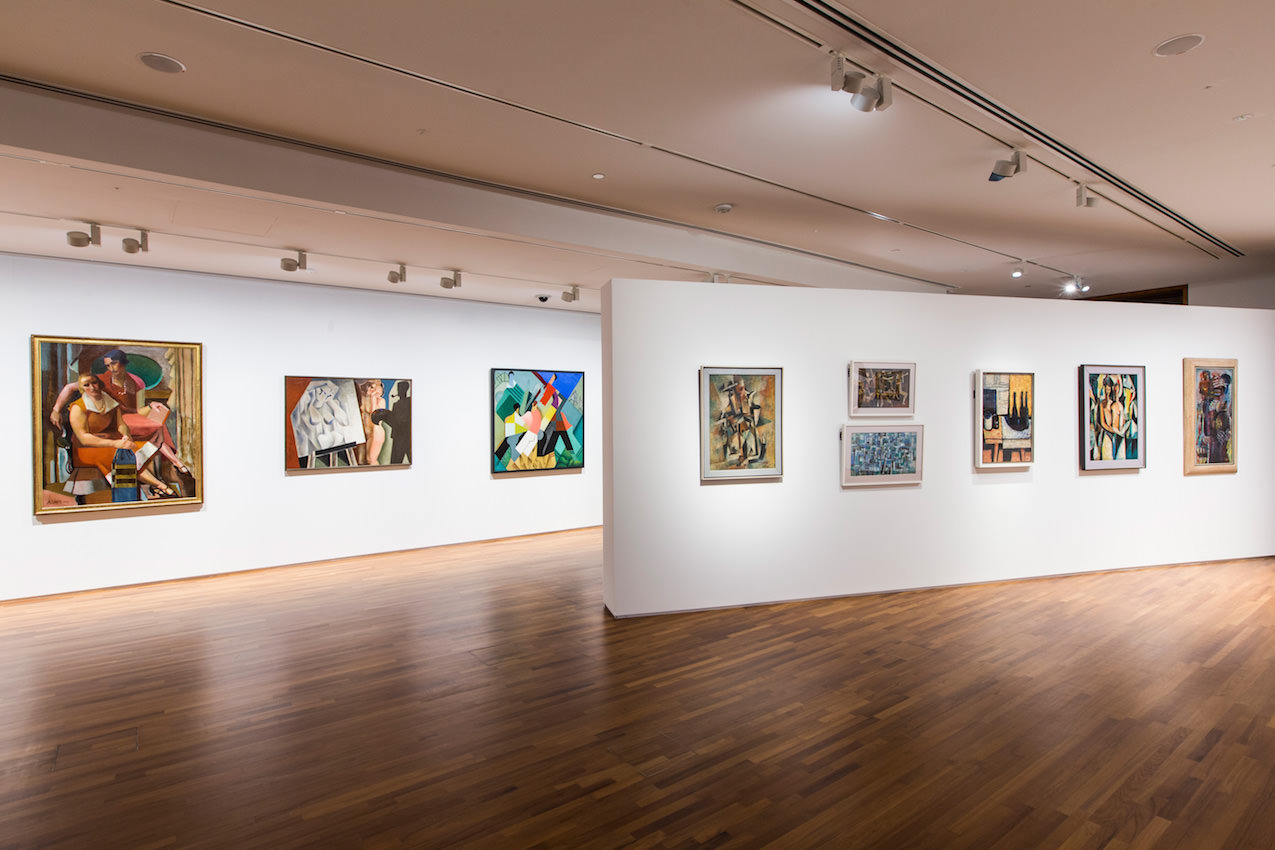
Image courtesy National Gallery Singapore
LH: It may be useful here to explain how this exhibition developed collaboratively with the Centre Pompidou curators. Curators from National Gallery first proposed a list of artists from Southeast Asia, whose works represented the diversity of modernism in the region, followed by Centre Pompidou curators responding by selecting artists from their collection whose practice resonated with the concerns of Southeast Asian artists. For me, one of the most fascinating discoveries was the diverse positions and stylistic choices artists from Europe and Southeast Asia both took up whilst sharing strongly leftist concerns for social reality. For example, S. Sudjojono (Indonesia), Eduoard Pignon and André Fougeron were all members of the Communist party at a certain point in their lives and conveying the reality and plight of the masses through their work was central to their practice. However, the way in which such concerns were manifested in their work was markedly distinct from each other: Sudjojono in a style that channels realism with an expressive impulse, Pignon for fusing cubistic forms with social realist concerns, Fougeron for taking a more realist approach.
WW: The Gallery opened in 2015 with the aim to put the culture and heritage of not only Singapore, but also Southeast Asia in particular on display. Do you see any particular cultural influences reflected in the works from the exhibition’s Singaporean artists, such as Georgette Chen?
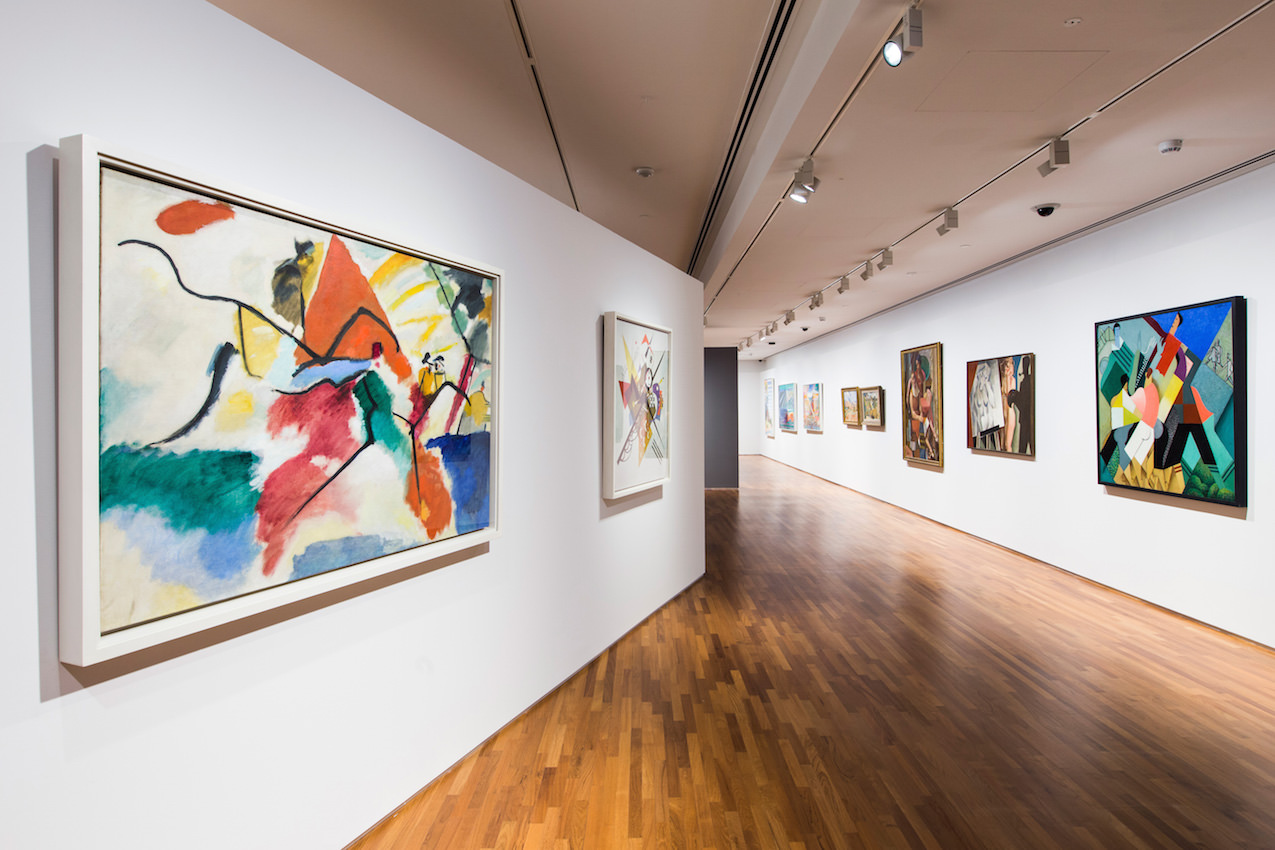
Image courtesy National Gallery Singapore
LH: Georgette Chen was actually quite a cosmopolitan figure, moving between different parts of Europe, America and Asia before settling permanently in Singapore in 1953. Her works trace her encounters with the different locations of the world where she worked, such as Tin Mine (Ipoh) and her still-life paintings on display in this exhibition, which reflect her sensitivity to local subject matter. Another Singapore artist featured in the show, Cheong Soo Pieng, also explored locality in his modernist paintings. It is our hope that through our research and exhibitions into individual artists’ practices, the Gallery can contribute to furthering our understanding and imagination of Southeast Asia, how diverse it can be, rather than essentialising the region in a strict manner.
WW: Are there any other periods or movements in art history that you’d like to reframe in a similar way, or that you can picture having a similar exhibition at the Gallery in the future?
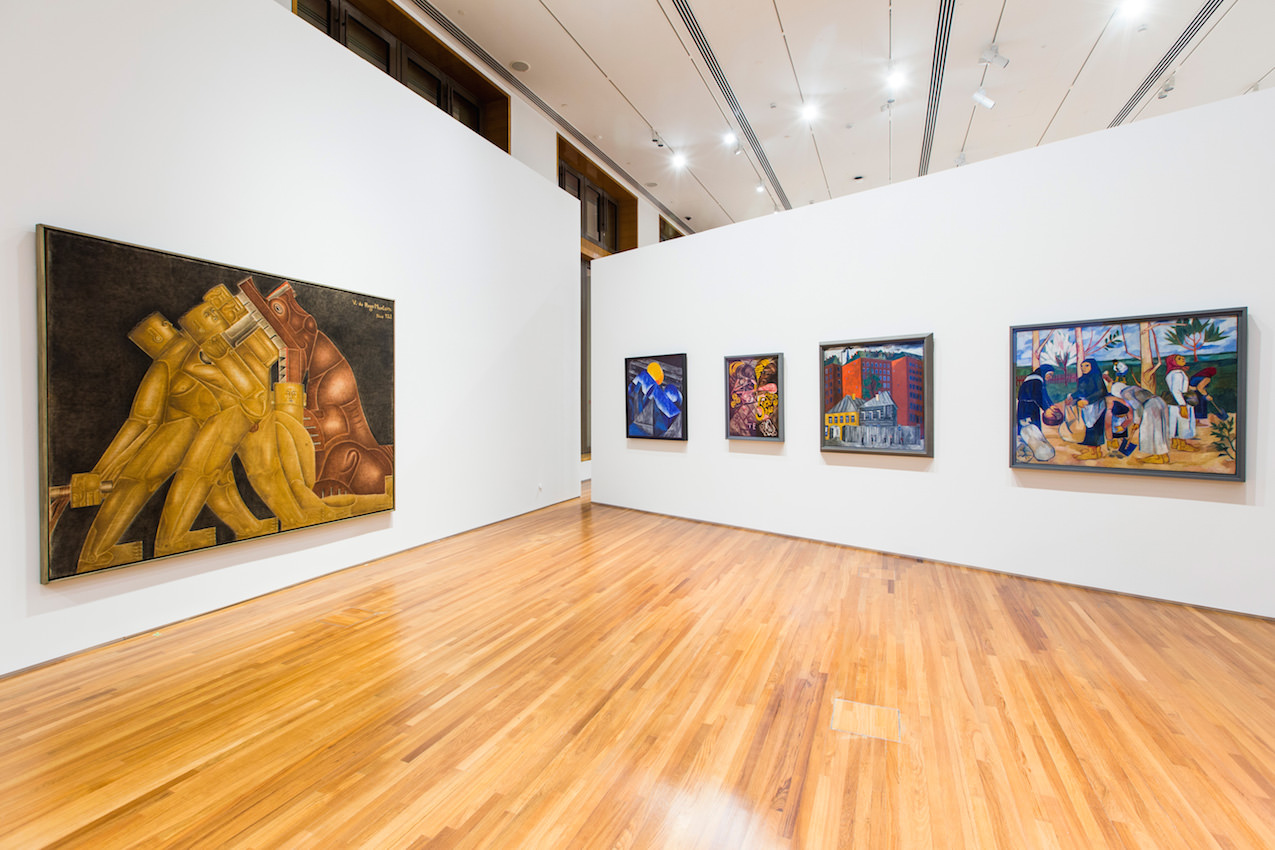
Image courtesy National Gallery Singapore
LH: Every exhibition involves reframing to a certain degree. In order to push our exhibitionary and museological practice to the next level, it’s unlikely that I will take the exact same approach for my future shows, however, the in-depth exploration of singularity (individual artist practice) and using that to connect Modernism(s) from different contexts is certainly an aspect of this show I would like to continue exploring. Personally, reframing perspectives on both modern Southeast Asian and Japanese art histories by delving into the role of the Japanese occupation had in the visual art practice of this region during WWII is one research project I hope to pursue.
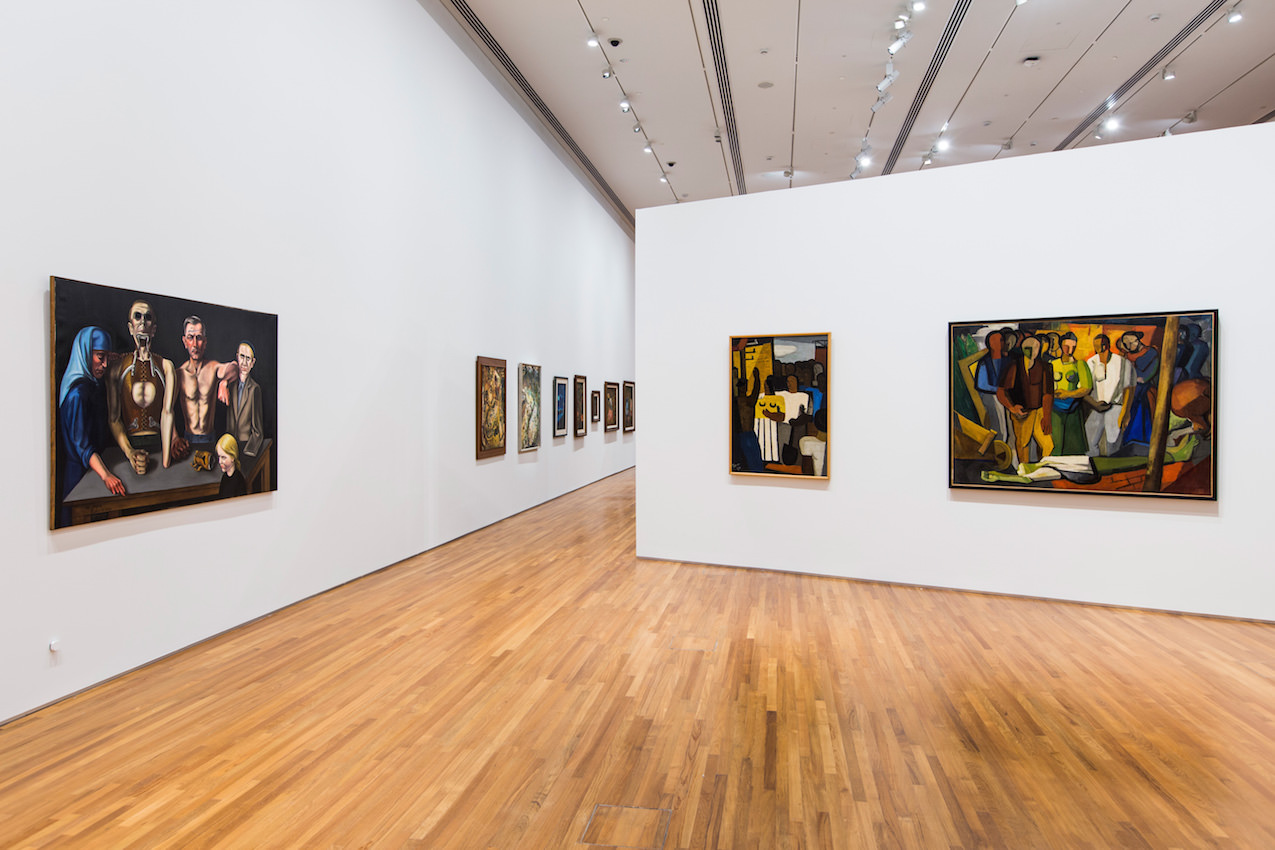
Image courtesy National Gallery Singapore
The exhibition is on view through July 17.








